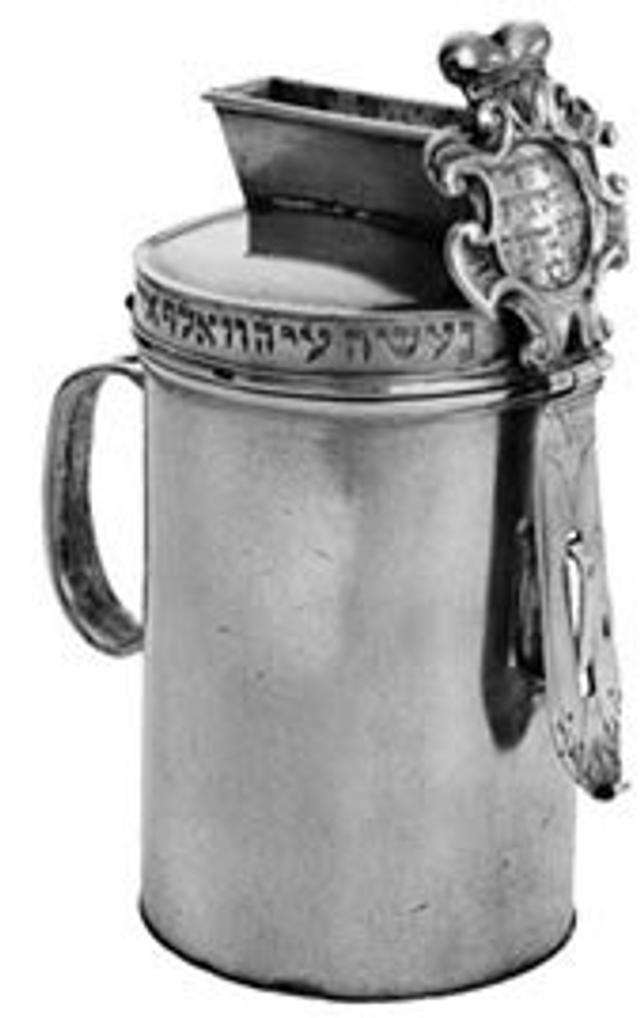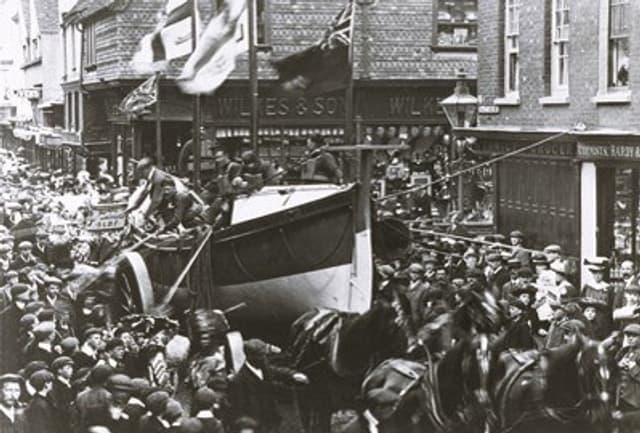The Collection Tin
- Exhibited by
- Sam Butler
- Added
- February 10, 2016
- Medium of Communication
- Face to face
- Target Audience
- Individuals
- Type of Charity
- Any
- Country of Origin
- Unknown, but possibly Israel
- Date of first appearance
- Approximately 900 years BC
SOFII’s view
The charity collection tin has been a stalwart of community fundraising for longer than you might think. But despite its old age, the tin still serves as an effective way to raise money – and an excellent reminder that there is always a reason to give.
This mainstay of fundraising was presented at IWITOT London in September 2015.
Summary / objectives
The collection tin is a means to raise unrestricted cash funds. It keeps philanthropy at the front of our minds and helps maintain a culture of giving within our community. It reminds people that, collectively, we can raise enough to help those who are in need of charity.
Background
It is thought that the original collection tin was placed outside the first temple of Jerusalem. The High Priest was concerned that the temple was in need of renovation, so he put the tin (see image left) outside the main entrance. This meant that those who were passing or attending prayer could easily make donations to help with the temple’s upkeep.
Later, if we time travel forward several thousand years, there is mention of collection tins in Samuel Pepys’s diary of 1666. He describes walking home whilst being swamped with charity collectors, all shaking their tins to raise money for victims of The Great Fire of London.
Of course, these were both worthy causes at the time – but today shaking the charity tin is frowned upon.
Creator / originator
Unknown, although most beggars would have had some form of collection tin, be it a hat or a box. Could this be described as a charitable donation?
Special characteristics
The collection tin has taken many forms – from static guide dogs outside shops, to large domed money spinners, ambulances, fire engines and the traditional branded plastic tins you see in wide use today.
Influence / impact
The RNLI launched the first street collection in 1891 to benefit two crews who lost their lives in a rescue. A lifeboat was pulled through crowds of thousands in Manchester whilst fundraisers collected donations. The actual street collection raised just £600, mainly in pennies, although the total amount given that day was £5,500. The rest came in pledges and supportive gifts, presumably from those we would now call major donor prospects. This was on top of about £30,000 (a huge sum at the time) which had already been donated to the fund within the first six weeks of its launch.
Since then, the charity collection tin has remained a well-tested and genuinely loyal servant to both man and fundraiser.
Costs
A collection tin costs between £1 and £2.70.
Results
An average tin will generate £260 per annum. There are 17,500 registered newsagents in the UK. That’s £4.5 million per year.
There are also 35,000 independent retailers in the UK and 48,000 pubs. That’s another £12 million per year.
So, just from these static points – each having just one tin – the revenue generated could reach approximately £26 million. A lot of small change really does add up.
The Royal British Legion's Poppy Appeal is a wonderful example of the amount of revenue that can be generated when charities use collection tins effectively. In 2014 the appeal raised over £40 million pounds. This included the 2500 Poppy Appeal collectors in London (across 70 tube and rail stations from Heathrow to City Airport) who helped to sell an amazing two million poppies.
Merits
This past year has seen a huge media response to charity fundraising practices. The spotlight has been on those charities who use marketing tactics that are usually associated with sales, but have now been adopted by fundraising.
However, the collection tin has continued to stand silently by thousands of tills, public bars, or been held in the hands of a generous volunteer. It continues to defy the advancement of technology and, as long as cash is in circulation, it will continue to get filled by the public.
Throughout its existence, the collection tin has served as a visual cue that there is a need to remain charitable. It is a symbol of the philanthropic culture within the UK and remains a continual reminder that giving is an important part of life – especially in times of austerity or amid a growing culture of individual greed in our burgeoning capitalist society.
 View original image
View original image
 View original image
View original image
 View original image
View original image
Also in Categories
-
- Individual donors
















